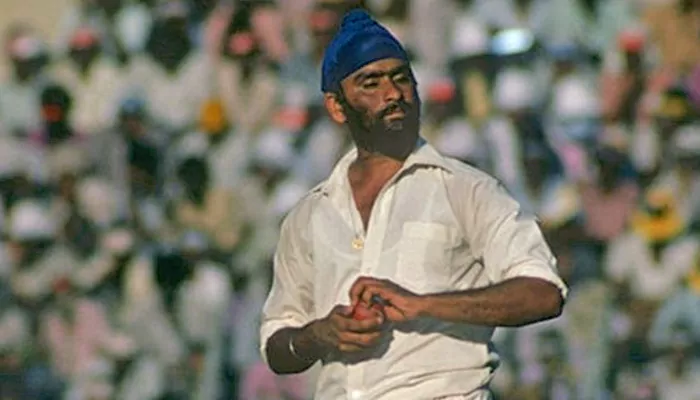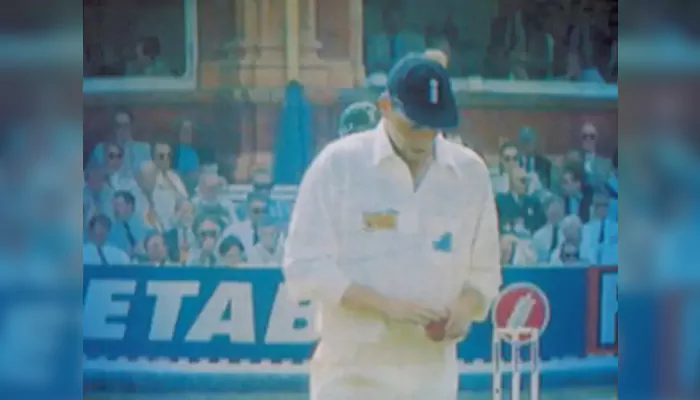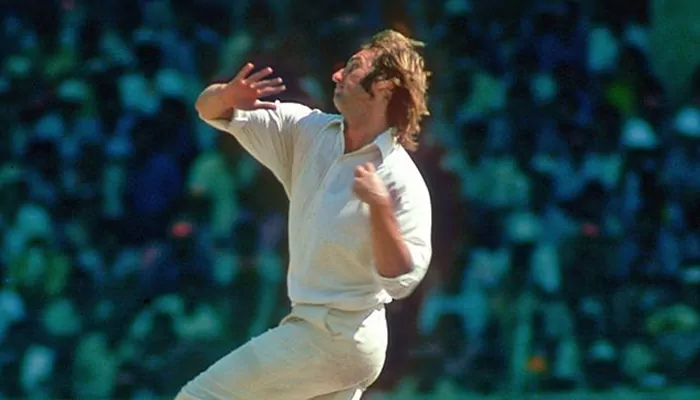
When controversy oozed through the cracks of cricketing ethics in the sultry Chennai heat of 1976
The year was 1976. England's cricket team had been bruised and battered - first by Australia (1-0), then dismantled by a rampant West Indies (3-0) on home soil. They arrived in India seeking answers, but left embroiled in a controversy that spiralled into one of the most heated scandals in the sport's long history.
The Vaseline-Gate, as it came to be known, wasn't just about a dubious strip of gauze - it became a flashpoint in cricket's eternal duel between sportsmanship and subterfuge.
England had started the tour like a house on fire. A resounding innings-and-25-run victory in Delhi, powered by debutant John Lever's 7/46, followed by a 10-wicket drubbing in Kolkata, had given them a commanding 2-0 lead in the five-match Test series.
Then came Chennai - the third Test. England amassed 262 in their first innings, wearing down the Indian attack that toiled for 126 overs. Lever, now the man of the moment, again struck gold with the ball. His 5-wicket haul reduced India to 164, setting the tone for another commanding English performance.
But not everything was as perfect as it seemed.

Credit: Crictracker
Bishan Singh Bedi, India's captain, wasn't convinced by the fairy tale. Something about the ball - how it swung, how it kept its shine - seemed unusual. He had noticed it in Delhi and again in Chennai. This time, he raised the red flag. Officially.
He reported to the umpires and to the BCCI that he suspected the use of external substances, pointing to traces of grease or Vaseline on the ball. The ball was sent for laboratory testing, which confirmed Bedi's fears - Vaseline was indeed present.

Credit: ESPN
England, for their part, offered an explanation that was eyebrow-raising - quite literally.
According to squad member Mike Selvey, both Lever and Bob Willis had been struggling with sweat dripping into their eyes. In a move more suited to a boxing ring than a cricket field, the team physio, Bernard Thomas, provided them with Vaseline-coated gauze strips to place on their brows.
However, the strips wouldn't stay in place. They kept falling mid-run-up, repeatedly making contact with the ball. Whether intentional or not, the damage was done. The match resumed under a cloud of suspicion, and the Chennai crowd became hostile. Placards reading "CHEATERS" were held aloft. Lever's name was booed. Indian fans weren't just angry - they were heartbroken.
The media storm extended beyond the pitch. British tabloids converged on Lever's home, and the pressure reportedly led to his father suffering a heart attack. Meanwhile, in India, the BCCI chose not to escalate the issue further and instead sent the findings to the MCC.
The Lord's ruled in England's favour, stating that although the situation was regrettable, there was no intention to tamper. The series continued. The scars remained.

Credit: Crictracker
The fourth Test in Bangalore witnessed a spirited Indian response — a 140-run victory, driven by pride and purpose. The final Test in Mumbai concluded in a draw, and England secured the series 3-1.
But make no mistake: cricket had been shaken. The incident didn't merely question the ethics of a team — it compelled the sport to confront its fragile moral threshold.